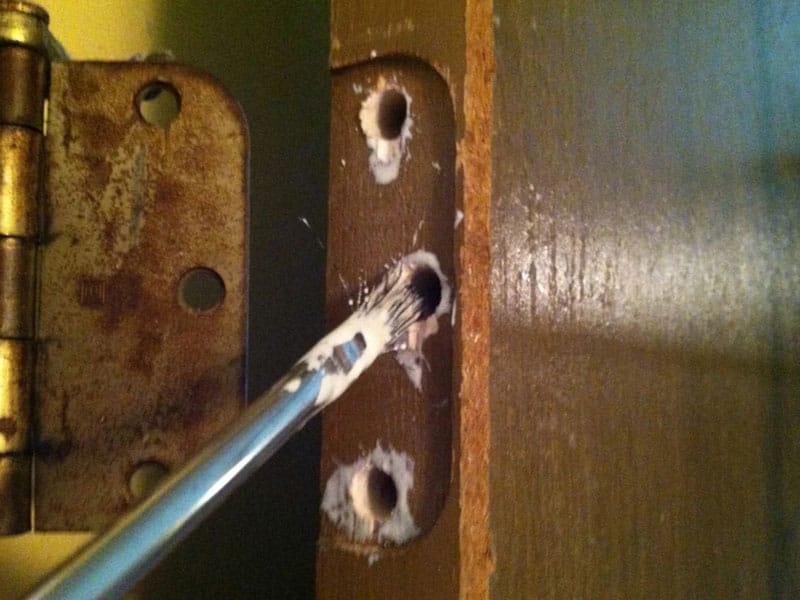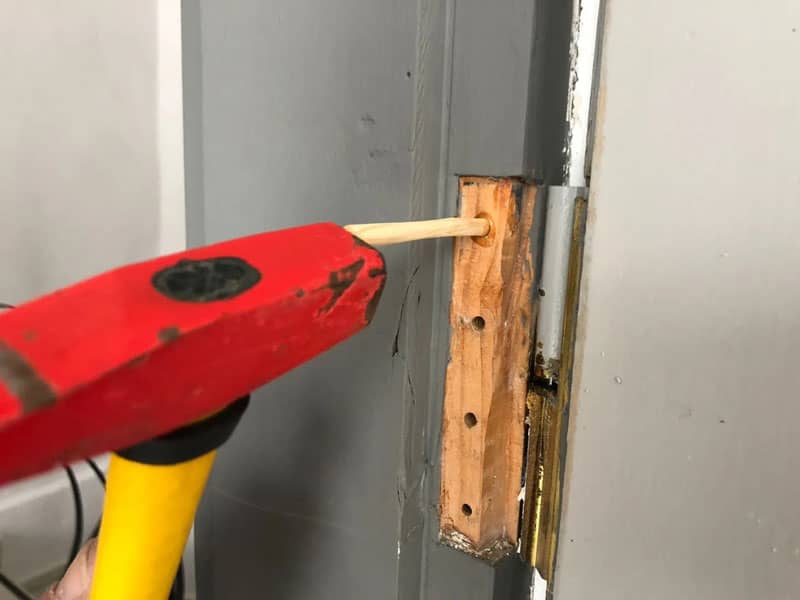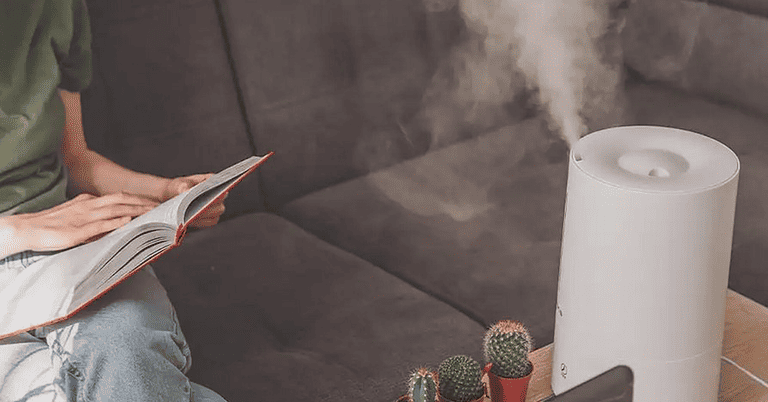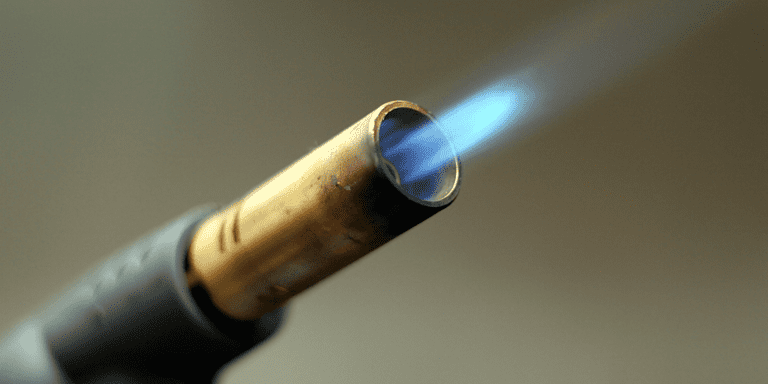How To Fix Stripped Screw Hole In Metal
Stripped screw holes in metal can be a common issue when working on DIY projects or repairs. It can be frustrating and affect the metal piece’s stability and durability. However, there are practical solutions to fix stripped screw holes and restore them to their original strength.
Using the right techniques and tools, like threaded metal inserts, tap and die sets, or wider screws, you can quickly repair stripped screw holes in metal and ensure a secure outcome. Some methods rely on threaded inserts, using tap and die sets to create a new threaded hole, or there are easier fixes when you are in a rush.
Using a bigger screw or slightly larger size screw offers a quick fix in sheet metal. In our guide, you can learn more about how to fix a stripped screw hole in metal. By the end, you’ll better understand how to tackle a stripped screw hole, metal, or wood will no longer be a challenge you can’t tackle.

What Does it Mean When a Screw Won’t Tighten in a Metal Door?
If the screws in your metal door won’t tighten—or if they loosen over time—the screw hole is stripped. This is caused because metal doors are hollow. The side effect of this hollow construction is that the screw can only bite into the thin sheet of metal it passes through. If the hole through the sheet metal becomes damaged or enlarged through stress on the door, the hole can quickly become stripped.
Screws that won’t tighten in metal, loosen with use, or spin in place when you attempt to tighten them are all signs of a stripped screw hole. Hinge screws are the most commonly stripped holes, but this can also occur to screws that hold the latch and lock in place.
It is common for holes to get larger in a metal door, and often, using an even larger screw is no longer a solution. Luckily, a stripped thread or screw hole in your metal door doesn’t mean your door is ruined. There are several ways to repair metal door stripped holes. (Read Overfilled Propane Tank Guide)
How To Fix a Stripped Screw Hole in Metal Door
What You Need
- Drill
- Tap and die set
- Calipers
- Oil or lubricant
- Helicoil inserts
- Screws
The Simple Solution. Use A Larger Screw
The easiest and quickest option to fix stripped screw hole in metal is using a larger screw than the old screw. When your original screw hole has become stripped, using a slightly larger diameter screw offers a simple solution.
Choosing a larger screw than the original screw can bite into fresh material and create a new grip in the striped hole. Using larger screws can be effective for softer metals or thin materials where the stripped screw hole may not have sufficient grip.
Selecting a used screw head slightly larger in diameter is essential to avoid damaging the metal or causing further issues. However, it’s important to remember that using larger screws may not always be a long-term solution and may not provide the same strength and stability as other methods.
The Drill and Tap Bit Solution
When dealing with stripped screw holes in metal, the drill and tapping to re-thread a hole can be a skilled workers’ option for a long-lasting repair. This technique involves drilling out the damaged screw thread or hole and tapping new threads into the metal, providing a fresh grip for a screw to fasten securely.
It requires precision and the proper tools, including drill bits, taps, and a tap-and-die set. Here is a step-by-step guide on how to accomplish tapping a hole.
Step 1. Assess the Damage
Inspect the hole in the soft metal to determine the extent of the damage. Identify if the threads are partially or completely stripped and assess the size and depth of the hole. This will help you determine the drill bit and tap size needed for the repair.

Step 2. Gather the Tools and Materials
Gather the tools and materials, including a drill with the drill bit size, tap and die set with the corresponding tap bit size, cutting oil, a wrench, and a screw that matches the desired size and length for the repaired hole.
Step 3. Drill Out the Stripped Hole
Using the drill and the appropriate drill bit, carefully drill out the stripped hole in the metal. Ensure to drill straight and centered on avoiding further damage to the surrounding area. Apply cutting oil to the drill bit to reduce friction and facilitate a smooth drilling.
Step 4. Tap New Threads
Select the tap from the tap and die set and insert it into the drilled hole. Use a wrench to turn the used tap and die method in a clockwise direction, slowly and steadily, to cut threads into the metal.
Ensure you maintain a perpendicular angle to the metal surface and avoid excessive force to prevent tap breakage or thread damage. (Learn How To Connect Two Hoses Together)
Step 5. Test the Threads
Once you have tapped new threads, remove the tap and test the threads with the screw that matches the repaired hole. Ensure that the screw threads in smoothly and securely, showing that the thread repair was successful.
Step 6. Install the Screw
Finally, insert the screw into the repaired hole and use a screwdriver or tool to tighten it securely into place. Be careful not to over-tighten the larger screw and strip the newly tapped threads.
With the drill and tap set method, you can even do this for a larger bolt rather than a screw, which makes more sense as the thread gaps (thread pitch) are constant down the depth of the hole you have just made your thread repair.
Note. to do this effectively, you’ll need to know your thread gaps in one inch, or your screw won’t fit.
The Mechanic’s Option. The Helicoil Method
Helicoils are a go-to option for professionals when repairing stripped screw holes in metal. This method involves using a Helicoil, a thread insert, and a coiled wire threaded metal insert installed into the stripped hole to provide new threads for a screw to secure rather than tapping a new thread.
Here is a step-by-step guide on accomplishing this task using the helicoil method.
1. Assess the Damage
Examine the stripped screw hole in the metal.
2. Gather the Tools and Materials
Gather the necessary tools and materials, including a drill with the drill size for the helicoil.
3. Drill Out the Stripped Hole
Using the drill and bit, carefully drill out the stripped hole in the metal.
4. Tap New Threads
Select the tap from the helicoil kit that matches the helicoil insert and tap new threads into the drilled hole.
5. Install the Helicoil Insert
Insert the helicoil into the tapped hole using the installation tool provided in the helicoil kit. Follow the manufacturer’s instructions to ensure proper installation.
6. Thread the Helicoil Insert
Use the installation tool to thread the helicoil insert into a new hole in the metal, ensuring it is fully seated and flush with the surface.
7. Test the Threads
Once the helicoil insert is installed, test the threads with the screw that matches the repaired hole.
8. Install the Screw
Finally, insert the screw into the repaired hole and use a screwdriver or tool to tighten it securely into place.
How to Fix a Stripped Screw Hole in Wood
Replace the Screw With a Longer Screw
With a stripped screw hole in wood, the easiest fix is adding a new screw that’s longer. Measure the stripped screw, insert a toothpick or wire in the stripped bolt hole, and then measure the item.

Fill Screw Hole With Material
- Pack the screw hole with wood—matchsticks, toothpicks, or dowels to fill the stripped threads.
- Add a drop or two of wood glue to the stripped screw hole.
- Sand down any material protruding from the hole.
- Place the tip of the screw on the fill material.
- Drive the screw directly into the filler.
Alternative Ways to Fix A Stripped Screw Hole
If you’re dealing with a stripped screw hole, don’t fret. There are alternative ways to fix this issue.
Fill the Hole with Epoxy
Epoxy can be a lifesaver when fixing a stripped screw hole in metal. Before applying the epoxy, however, it’s crucial to create a pilot hole using a drill bit slightly smaller than the screw you’ll be using. This will help ensure your screw has something solid to grip onto. Once you’ve created your pilot hole, mix up some two-part epoxy according to the manufacturer’s instructions. Use a toothpick or small brush to apply the epoxy to the old hole. Allow the epoxy to cure for at least 24 hours before inserting your new screw. When ready, thread your new screw into place and tighten it as needed.
Insert a Drywall Anchor
When fixing a stripped metal screw hole in metal, it’s essential to have the right tools and know the screw diameter.
Inserting a drywall anchor is one of the most effective ways to fix a stripped screw hole in metal. Select an anchor that matches your screw diameter and carefully insert it into the damaged area. Use a hammer or drill to secure the metal insert in place. (Read Can You Use A Propane Tank On Its Side)
Insert Rivet Nuts
Regarding fixing a stripped screw hole in metal, inserting a rivet nut is one of the most effective solutions. A rivet nut is essentially a small and threaded insert to be installed into an existing hole, allowing new screws to be secured. You will need a special tool called a rivet nut setter to insert a rivet nut. First, select the same diameter rivet nut for your application and thread it onto the setter tool.
Then, insert the tool with the attached rivet nut into the stripped screw hole and squeeze the handles together until the rivet nut is tightly secured within the metal. Once you have inserted your new rivet nut, you can use either a new screw or a wider screw than before to fasten your materials together.
When fixing or preventing threads stripping in metal, it is advisable to use a thread locker as these offer more strength. One popular name here is JB Weld. Now, you can prevent your screws from working loose in the first place, which leads to them stripping.







